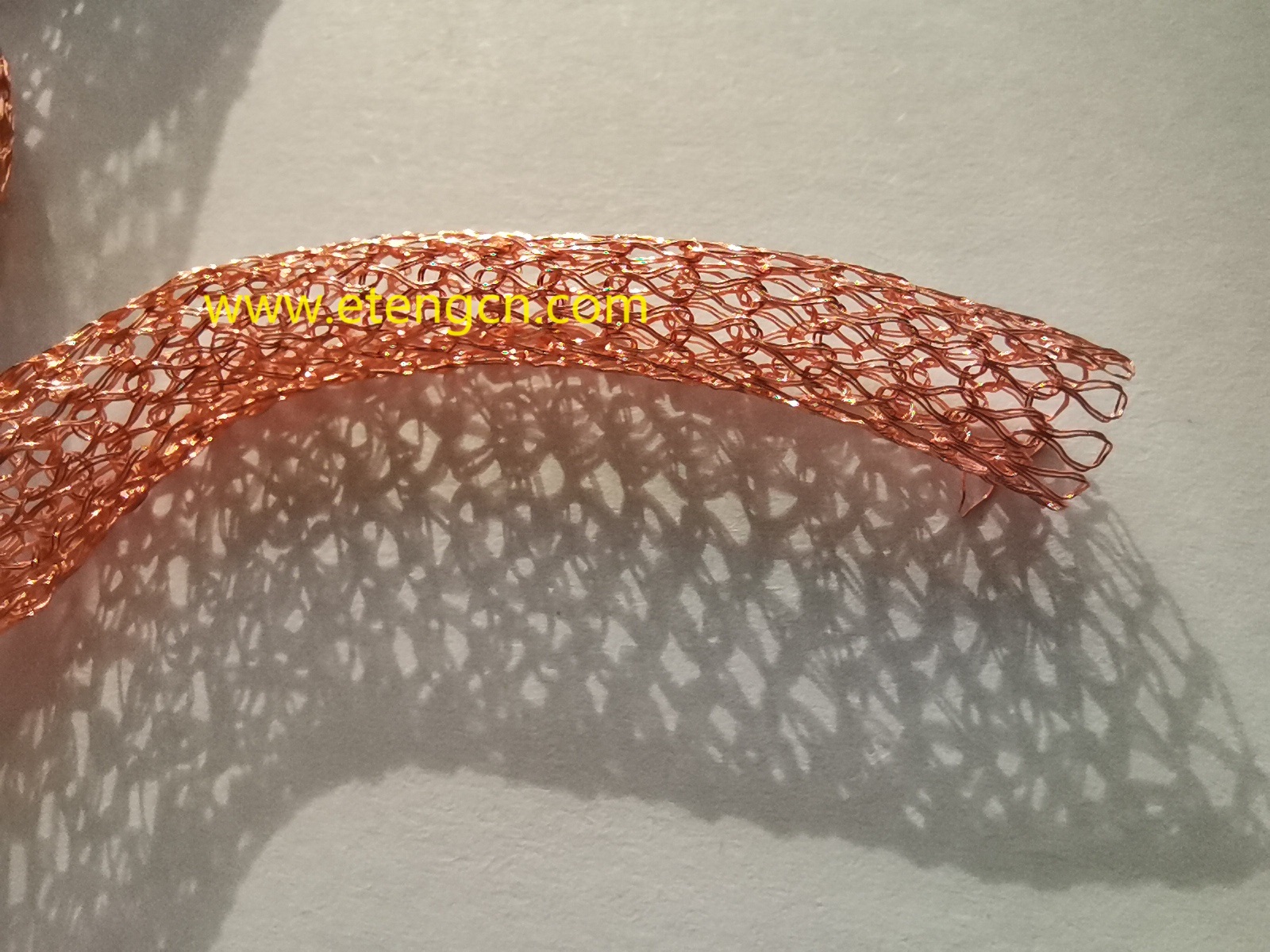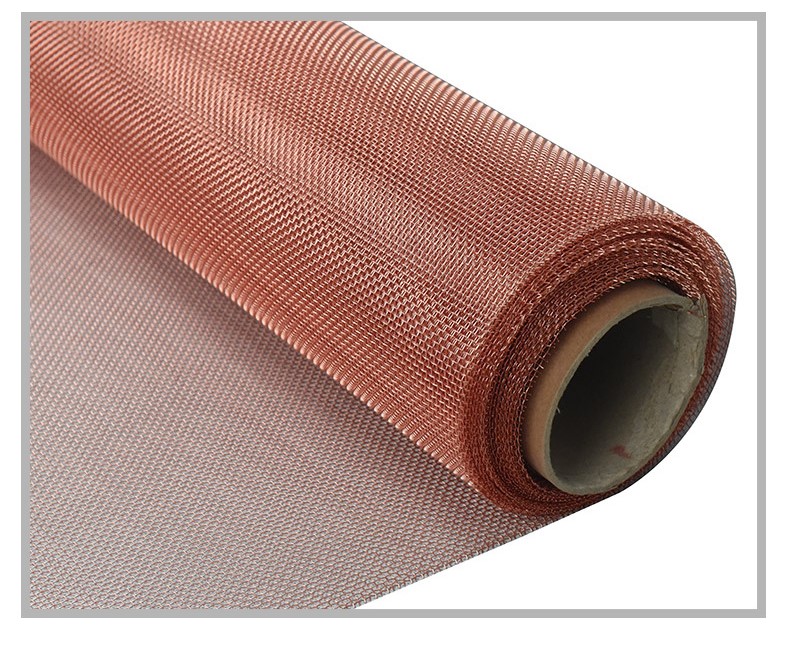Lonyan Eteng Eletronics Co.,Ltd Conductive adhesive tape,EMI Gasket,Thermal Pad |
EMI shielding knitted wire mesh

Introduce
knitted copper wire mesh, tinned copper wire mesh for cable EMI shielding


EMI Shielding knitted mesh is a protective device mainly made of metal materials such as purple copper and tin-plated copper wire. It achieves electromagnetic wave reflection, absorption and energy conversion through a metal braided structure, effectively blocking external electromagnetic interference and preventing signal leakage. Its shielding effectiveness covers the frequency band of 10 MHz to 3 GHz and is used in scenarios such as radar stations, hospitals, and laboratories for equipment anti-interference and electromagnetic radiation protection . Metal mesh with a braiding density of over 80% and a braiding angle of 30-45° has both non-magnetic and wear-resistant properties and can be combined with different grounding methods (single point/multi-point) to meet the shielding requirements of both high and low frequencies . Some specifications of shielding mesh are designed with a light transmission rate of 50%-70%, suitable for scenarios such as instrument display windows and ventilation openings of machine cases that require ventilation and light transmission.
Materials and Structures
The metal shielding mesh is woven using materials such as copper wire or tin-plated copper wire in plain or diagonal patterns, with wire diameters ranging from 0.04 to 3 mm, and the copper content can reach up to 99.999% . The aluminum-magnesium alloy wire woven mesh has higher tensile strength and is suitable for cable tray laying scenarios.
Composite materials such as conductive fabric absorb high-frequency electromagnetic waves through the fiber gaps and complement the copper foil reflective low-frequency shielding. Data from 2024 shows that HDMI 2.1 and USB 4 cables commonly use multi-layer woven copper wire with tin plating to enhance high-frequency shielding performance.
Shielding principle
Faraday's law of electromagnetic induction: The continuous shielding layers such as aluminum foil and Mylar generate reverse currents through electromagnetic induction, canceling out electromagnetic interference in the 100K - 3GHz frequency range [5].
Magnetic hysteresis loss mechanism: The woven net utilizes the magnetic hysteresis effect of metal wires to convert electromagnetic energy into heat energy, reducing crosstalk between cables. The copper mesh achieves a 50 - 60dB shielding attenuation within the 10MHz - 1.5GHz frequency range by leveraging its conductivity advantage [4-5].
Technical parameters
Mesh specification: 10 mesh net is used for shielding of building walls, 200 mesh net is suitable for heat dissipation components of precision equipment, and 60-100 mesh is the mainstream specification for electronic devices.
Shielding efficiency: 450KHz ≥ 55dB, 50MHz plane wave ≥ 85dB, microwave band (1MHz) ≥ 65dB [6]. In 2017 tests, 30 mesh copper mesh achieved a shielding rate of 99.9% for electromagnetic radiation of jade mattresses [5].
Application scenario
Industrial sector: Radar stations and national power grid computer rooms use cylindrical metal nets combined with external threaded terminals to achieve full-band shielding of mobile communication signals.
Medical scenario: The microwave treatment room in hospitals uses plain weave mesh to reduce crosstalk between equipment, and transparent mesh is used for the display window of CT machines [4].
Civilian sector: Data from 2024 shows that copper ground wire shielded network cables combined with RJ45 sockets have become the standard configuration for anti-interference wiring in smart homes [1].
Installation and grounding
Single-ended grounding: Suitable for low-frequency cables. It reduces ground loop interference by connecting at a single point [1].
Multi-point grounding: In high-frequency scenarios, grounding nodes should be set at intervals of ≤λ/10 to ensure that the shielding layer impedance is ≤1Ω. A 2017 study pointed out that when the grounding resistance is >4Ω, it may cause reverse interference of induced currents [1] [6].
Development trends
Material innovation: Semiconductive polymer materials are combined with metal braided nets to balance flexibility and a shielding efficiency of over 80dB.
Structural optimization: The patent from 2025 shows that the outward rolled edge design of the cylindrical shielding net can improve installation stability and reduce production costs.
Contact email: info@etengcn.com
